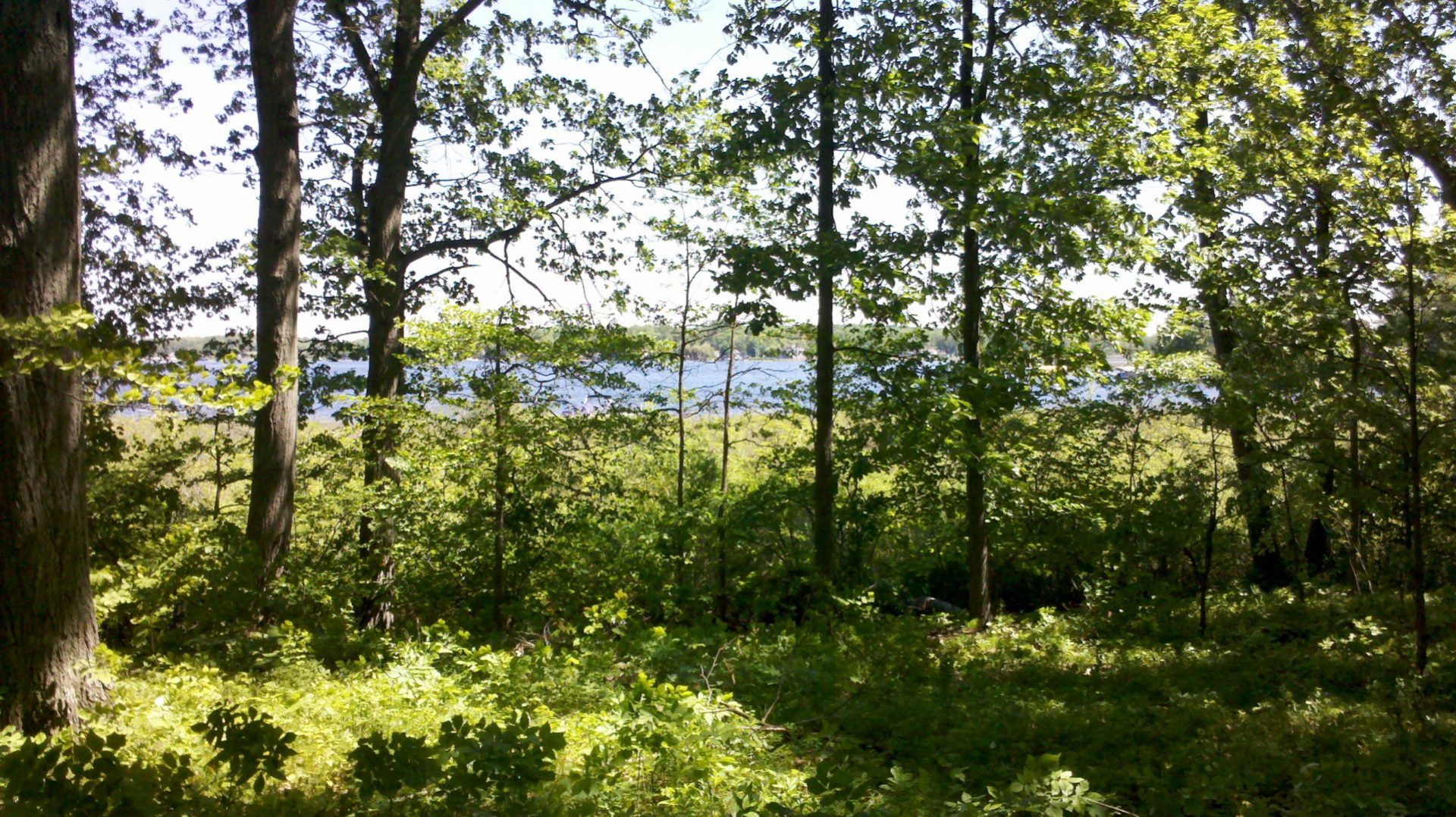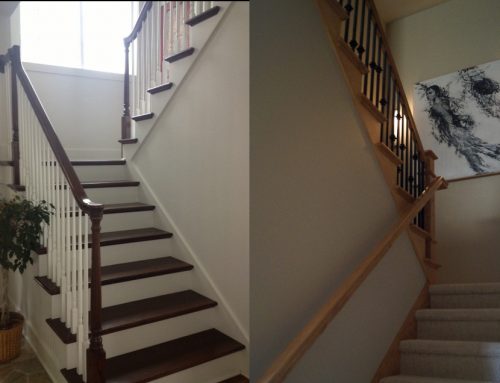One of, if not the very first thing to consider when building a new home is the selection of the proper lot or building site. In most cases, I strongly recommend doing this even prior to selecting a home plan. Through experience we have learned that you will almost certainly end up with the building being much more harmonious with the site by picking the property first.
Every property has unique features, some of which you may want to view from certain areas of the home and some features you may want to ignore. The lot may have a stunning view that you would like to take advantage of from the great room, for instance. Lynn or an architect of your choice can take this into account when designing the floor plan.
The differences between an undeveloped lot and a developed subdivided lot are significant and we have covered that issue, at length, in another blog. Please refer to our archives for this information.
The foundation type that you prefer will necessarily impact your lot choice as well. If you prefer a slab home, then a rolling building site is most likely not the best choice from a cost standpoint. Or, for instance, if you have your heart set on a walk-out basement, you must be certain that the lot provides enough slope to make this possible.
Please keep in mind that when you are considering a site that is close to a creek, pond and other water feature, there may be a minimum flood protection grade that must be complied with. This may eliminate the possibility of a walk-out basement that, by all appearances, seems achievable.
Another very critical element in site selection is something that may be unseen, several feet below the surface. Over millennia our area has been geologically active and this activity has left pockets of soil that are unsuitable to support the weight of a typical foundation and home. This condition is very common around our many natural lakes but is seen only occasionally in developed lots.
The only way to know for certain how suitable the soil is for construction is to have a soil boring done. This soil boring is performed by a professional geologist and the fee is typically around $1,000.00. This is rather inexpensive insurance, in our opinion, to be certain that the bearing capacity of the soil is sufficient.
If it is determined that the soil will not accommodate a conventional foundation, a piling supported foundation may be required. This type of foundation is extremely expensive to install. For this reason, we recommend that, if there are any indications that questionable soils exist, you make your offer on the lot contingent upon soil test confirmation of suitable soil. We can and do bring to your attention any “red flags” that might exist in this regard when we are asked to preview a building site for you.
You will also need to be aware that most subdivisions have restrictions or protective covenants which regulate building size, building set-backs and materials as well as many other subjects. These are established by the developer to provide for some uniformity in the subdivision and to protect the residents from undesirable construction in the neighborhood.
You may, as example, use vinyl siding on the front of your home in one subdivision but are required to use natural materials on the entire exterior of the home in another. You may be prohibited from constructing an out-building on your lot at one addition and this may be allowed if it’s kept to a certain size in another. Please be certain to ask the developer for these covenants for any subdivided lot you are considering and take care to be sure you can build the home you want in that particular development.
As you now may realize, there are many issues regarding the characteristics of a given building site that have great influence over the home design process. This is why we feel it is important to first select the lot that will best accommodate the design and construction of the house of your dreams. Lynn is always excited to meet you on any building site that you may be previewing. Just give him a call.


